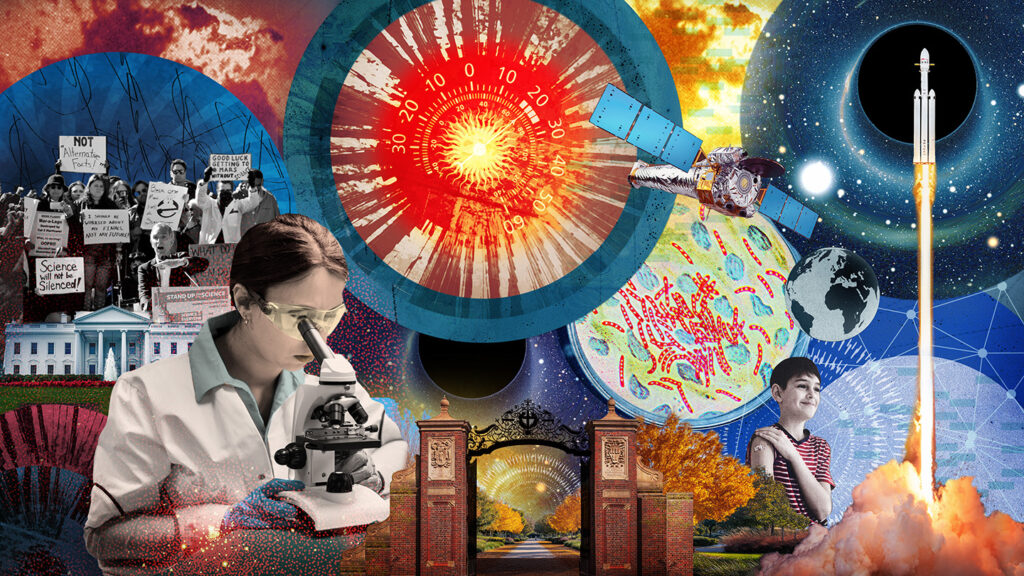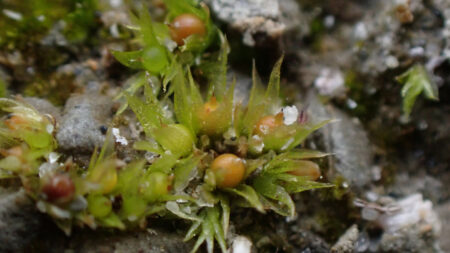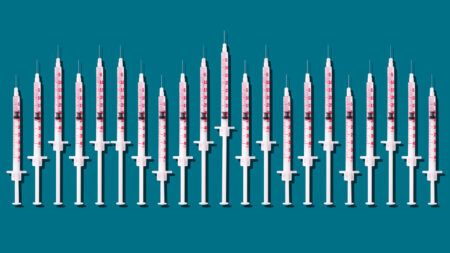When the United States faced the looming threat of World War II in the 1930s, it bet big on science — and won. The nation invested billions of dollars in research at universities and in industry. That influx of funds led to multiple advances in weaponry, including the atom bomb. Less morally fraught innovations included radar, computer technologies and large-scale production of penicillin.
Near the war’s end, President Franklin D. Roosevelt asked science advisor Vannevar Bush to chart a path forward. Bush said that investing federal dollars in training and supporting scientists and engineers would deliver a bigger payoff over time than focusing on a new weapon or product. The scientists’ skills could be called on during the next national emergency. In the meantime the basic research they conducted would benefit the health, security and prosperity of the nation.
That bet paid off spectacularly; the United States quickly became a world leader in scientific, medical and technological innovation. That dominance continues. For instance, U.S. researchers currently hold more Nobel prizes than do those from any other nation.
But the expectation of continued success for American science was shaken this year when President Donald Trump’s administration cut billions of dollars in funding for federal science institutions and research universities, fired thousands of scientists and gave incentives for more to retire early.
The federal budget for 2026 has yet to be approved, but the administration’s draft budget proposes cutting funding by 40 percent for the National Institutes of Health, 38 percent for the Centers for Disease Control and Prevention and 21 percent for the National Oceanic and Atmospheric Administration.
This massive retrenchment runs counter to history: Science has been core to the American experiment since its beginning. In his 1796 State of the Union address, President George Washington advocated for science as key to “national prosperity and reputation.”
Early innovations often came from solo inventors and reflected the pragmatic needs of a growing nation: the mechanical grain reaper, the sewing machine, the typewriter.
The federal government made its first big investments in science and technology in 1862, during the Civil War. With agriculture still accounting for the bulk of the national economy, Congress founded the U.S. Department of Agriculture and the land-grant program that funds state colleges of agriculture and technology. The National Academy of Sciences was created in 1863 and the U.S. Weather Bureau — now the National Weather Service — was formed in 1890.
In this special report, we examine how the administration’s attacks on science in 2025 are already impacting public health, innovation and economic prosperity in ways that will be challenging to overcome even if funding is eventually restored. We talk to leaders in key fields to understand how impediments to the scientific enterprise in the United States are being felt worldwide.
And we find hope in the ways states, scientists, organizations and even private individuals are seeking paths forward despite the chaos and uncertainty. Their question is not whether American science will continue, but how they will make it happen. — Nancy Shute, Editor in Chief
Eroding access to childhood vaccines jeopardizes health for all
Recent U.S. decisions about vaccines signal bigger changes to come that could threaten the foundation of the national childhood immunization schedule.
Read more

Life-saving research on extreme heat comes under fire
The Trump administration’s cuts to heat research come at a time when climate change is making extreme heat waves more common and intense.
Read more

Funding chaos may unravel decades of biomedical research
Battles between the Trump administration and academic institutions are putting important biomedical advances in limbo.
Read more

America risks losing its role as a space science pioneer
Funding uncertainties are pushing U.S. space scientists out of the field and putting existing and future space missions on the chopping block.
Read more
Read the full article here














